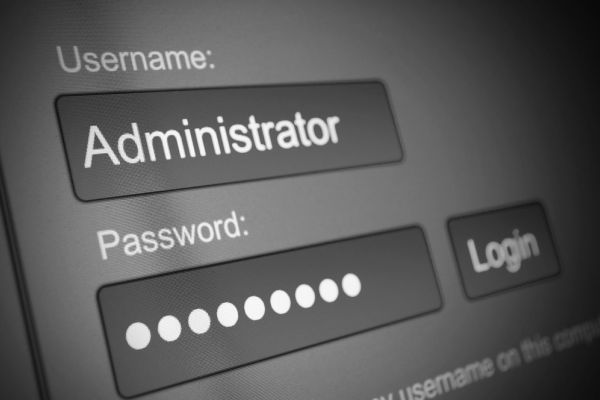Navigation

Related Post
Administrator Rights
Administrator Rights in IT refer to the highest level of access permissions given to a user within a computer system, network, or software application. These rights allow users to make critical changes, install or uninstall software, modify system settings, manage other user accounts, and control resource access.
Administrator Rights are essential for maintaining, securing, and troubleshooting IT environments. Users with these rights have greater control over the system, but also carry a higher risk if misused. System administrators, IT staff, or trusted users are typically granted these permissions. Access is usually controlled through role-based permissions in systems like Windows, Linux, or enterprise applications. Careful assignment and monitoring of Administrator Rights help prevent errors, data loss, or security breaches.
Topic Sections
What Technologies Are Used In Systems Administration – 6 mins
